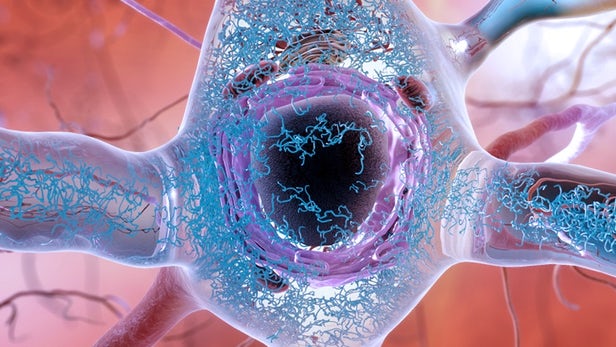
Breaking News
 FULL SPEECH: Tucker on the America First Movement & New "Deplatforming" Agenda
FULL SPEECH: Tucker on the America First Movement & New "Deplatforming" Agenda
 Red Light Therapy And Men's Health: Does It Really Work?
Red Light Therapy And Men's Health: Does It Really Work?
 Kash Patel's New FBI Clown Show - The Bizarre Interview He Will Regret For The Rest of His Life
Kash Patel's New FBI Clown Show - The Bizarre Interview He Will Regret For The Rest of His Life
 One Rifle I Trust for Everything
One Rifle I Trust for Everything
Top Tech News
 This tiny dev board is packed with features for ambitious makers
This tiny dev board is packed with features for ambitious makers
 Scientists Discover Gel to Regrow Tooth Enamel
Scientists Discover Gel to Regrow Tooth Enamel
 Vitamin C and Dandelion Root Killing Cancer Cells -- as Former CDC Director Calls for COVID-19...
Vitamin C and Dandelion Root Killing Cancer Cells -- as Former CDC Director Calls for COVID-19...
 Galactic Brain: US firm plans space-based data centers, power grid to challenge China
Galactic Brain: US firm plans space-based data centers, power grid to challenge China
 A microbial cleanup for glyphosate just earned a patent. Here's why that matters
A microbial cleanup for glyphosate just earned a patent. Here's why that matters
 Japan Breaks Internet Speed Record with 5 Million Times Faster Data Transfer
Japan Breaks Internet Speed Record with 5 Million Times Faster Data Transfer
 Advanced Propulsion Resources Part 1 of 2
Advanced Propulsion Resources Part 1 of 2
 PulsarFusion a forward-thinking UK aerospace company, is pushing the boundaries of space travel...
PulsarFusion a forward-thinking UK aerospace company, is pushing the boundaries of space travel...
 Dinky little laser box throws big-screen entertainment from inches away
Dinky little laser box throws big-screen entertainment from inches away
 'World's first' sodium-ion flashlight shines bright even at -40 ºF
'World's first' sodium-ion flashlight shines bright even at -40 ºF
The "Big Bang" of Alzheimer's: Breakthrough study uncovers genesis of the disease

Impressive new research led by scientists at UT Southwestern, has discovered the earliest point in a neurodegenerative process that is thought to lead to dementia. The researchers describe the discovery as like finding the "Big Bang" of Alzheimer's disease, and it's hoped the work leads to new treatments and ways to detect the disease before major symptoms take hold.
"This is perhaps the biggest finding we have made to date," says Marc Diamond, a primary collaborator on this new study, "though it will likely be some time before any benefits materialize in the clinic. This changes much of how we think about the problem."
Much modern Alzheimer's research concentrates on a specific protein called amyloid beta, and the clumping of that protein is suspected as being the primary pathological cause of the disease's symptoms. But, after a long series of clinical trial failures in drugs designed to target those amyloid beta plaques, some scientists are turning their research attentions elsewhere.
This new research focuses on a different protein, called tau. These tau proteins have been found to form abnormal clumps in the brain, called neurofibrillary tangles, which can accumulate and kill neurons. Some researchers hypothesize that this is actually the primary causative source of Alzheimer's disease.
Until now it was not known how, or when, these tau proteins began to accumulate into tangles in the brain. It was previously believed that isolated tau proteins didn't have a distinctly harmful shape until they began to aggregate with other tau proteins. But the new research has revealed that a toxic tau protein actually presents itself as misfolded, exposing parts that are usually folded inside, before it begins to aggregate. It is these exposed parts of the protein that enable aggregation, forming the larger toxic tangles.



